
views
Preparing for Copyright
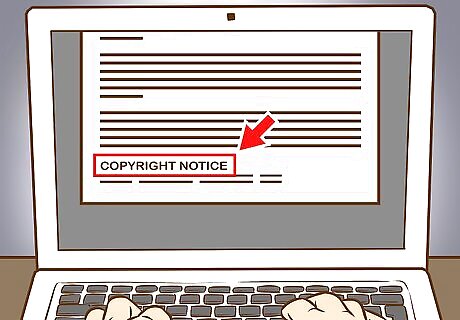
Familiarize yourself with the copyright laws associated with music. While sheet music technically becomes copyrighted once it is written, it is important to note that the Copyright Act legally protects musical works and arrangements. Included in these “musical works” are all original works, including any original arrangements of popular songs. Ensure that the song you wish to copyright belongs to you entirely. Compositions that do not belong to you can still be copyrighted as long as new copyrightable authorship has been added to your version of an earlier composition. These laws can change and be re-interpreted by the courts at any time. Song titles, chord progressions, and incomplete pieces of sheet music may not be copyrighted.

Decide whether or not legal action is necessary. Legally copyrighting sheet music is not necessary to institute the copyright, but it does give the composer the option of prosecuting infringement, as well as adding significant legal weight when defending the copyright. There are significant benefits to copyrighting sheet music, as it allows the composer to file a lawsuit if someone infringes upon their copyright. If the music copyright is registered within three months or prior to a copyright infringement, the copyright owner can receive attorney’s fees and statutory damages, which can range between $750 and $30,000 for each infringement. If the infringement occurs before the music copyright is registered, the copyright owner can only recover actual damages.
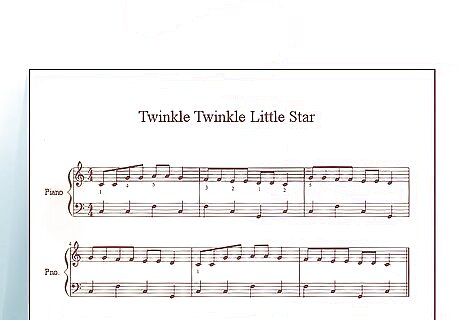
Understand the difference between the sheet music and the song itself. Copyright laws for the two are not the same, meaning that there are always two separate copyrights taking place when someone covers or arranges a song: the publishing copyright and the master copyright. You are able to copyright both the sheet music and the song, however. The original artist always has authority over the second artist, so note that any copyrights on arrangements of previously copyrighted songs do not hold absolute power.
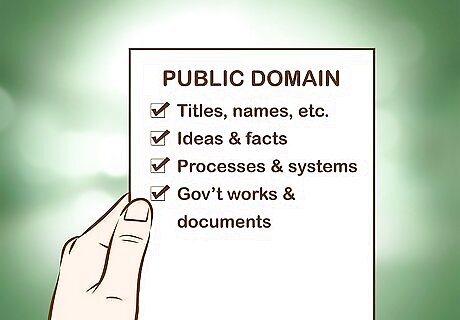
Understand the concepts of "public domain" and "fair use". "Fair use" means that any sheet music still under copyright can be reproduced, depending on how much of the song is used. Any sheet music written prior to 1923 belongs to the public domain, and can be legally redistributed without limitation; however, if substantial modifications are made to the song, redistributing its sheet music may make it liable for infringement. If a work was published between 1923 and 1978, it is protected for 95 years from the date of publication. For works published after 1978, the copyright holds until 70 years after the composer has died. Generally, to use the musical works of another artist, you must use work that is already in the public domain.

Ensure that the sheet music you have written is complete. The sheet music must have your name, the original composer’s name (if there is one), as well as any other credited musicians. The sheet music should also include all relevant dates, such as the creation date and any future revision dates, because while copyright does exist as soon as a piece of music has been written down, proving when the tangible copy was made can be difficult without official documentation. If a case goes to court, the composer is required to produce evidence that the music existed before anyone else copied it, which is known as a ‘time-stamped copy’. Dates and times can be documented simply by uploading the music online or saving them somewhere. Music-streaming platforms continuously update the publication details.
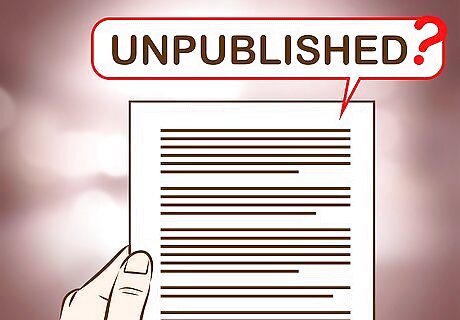
Verify that the sheet music meets the eligibility criteria. The sheet music must be unpublished, and it must be created by the same author or the same co-authors. The author and claimant for each work must also be the same person or organization. You are allowed to upload up to twenty pieces at one time, depending on your method of application. If you wish to copyright more than one composition, each work must have a different title.

Make digital copies of the sheet music. The U.S. Copyright Office requires two non-returnable copies of the sheet music, and each piece must also be uploaded in a separate electronic file. Do not mail a physical copy to the Copyright Office. If the sheet music has already been published in another country, the office will only require one copy.
Copyrighting the Sheet Music
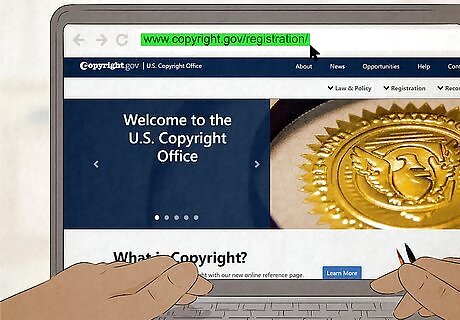
Head to the U.S. Copyright Office's website. It can be accessed at https://www.copyright.gov/.

At the top right of the screen, select ˅ Registration. From the drop-down menu, select "Register Your Work: Registration Portal".
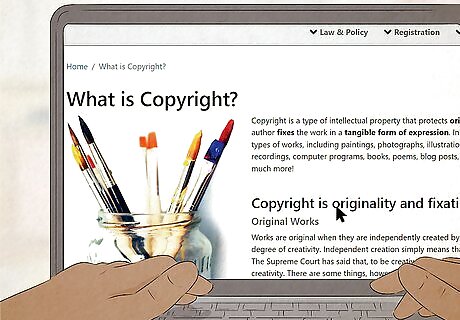
Thoroughly read the disclaimers before continuing. There are several links located around the website to assist you if you have questions regarding the application process, as well as videos to guide you through your unique situation. As stated on the website, the Copyright Office may only register one of your works if you submit multiple. You will need to re-submit them if you find that this happens to you.

Open the registration portal. Press the big blue button titled "Log in to the Electronic Copyright Office (eCO) Registration System" in the middle of the page.

Log in to your eCO account using the login box at the left-hand side of the screen. If you do not have an account, press the register button at the bottom of the box. The sign-up process is very short and only requires a name, address, email address, and phone number. The website may be slower on internet browsers aside from the Firefox browser on the Microsoft Windows 7 Operating system. Viewing and printing documents requires the installation of Adobe Acrobat Reader.
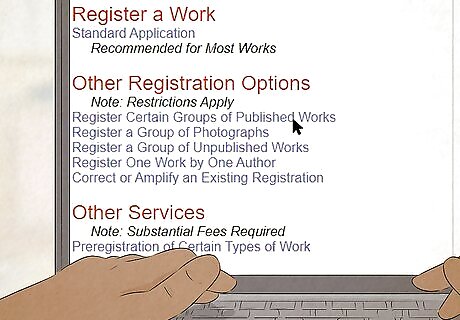
Select the application method that works for you. Applying for registration with the U.S. Copyright Office requires an application, a copy of the sheet music, and a filing fee. Depending on the type of musical work, there are several different ways to apply, but the Standard Application fits the criteria for most musical works. Select your desired application method on the left-hand side of the screen. The Standard Application is for registering ONE piece of sheet music. The Group Registration of Unpublished Works is for registering UP TO TEN unpublished pieces of sheet music all under the same composer. The Group Registration of Works on an Album of Music is for registering UP TO TWENTY compositions if the works are all (or mostly) composed by the same person.
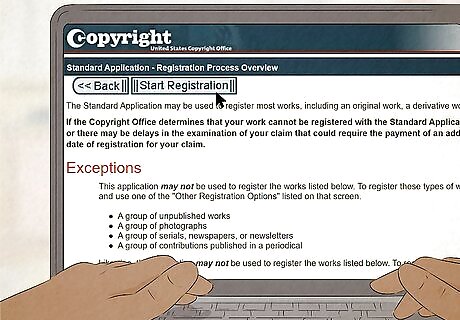
Read through the exceptions and requirements for submitting your composition(s). Once you have confirmed that your sheet music meets the criteria, select Start Registration at the top of the screen.

Select the "Work of the Performing Arts" option from the drop-down box. Read through all of the accepted works that this category covers, and make sure that your sheet music fits the criteria. Check the box at the bottom of the page once you have ensured your composition is eligible for submission, and then press Continue >> at the top of the page. A “musical work” and a recording of that song are two separate works. A musical work consists of the music and/or lyrics (either in printed or audio form). A recording of a particular performance of a song is a “sound recording.”
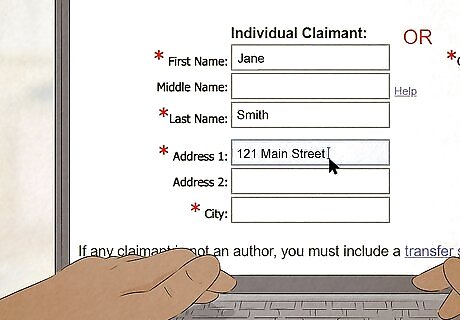
Complete the rest of the application. There are several categories listed on the left-hand side of the screen that you will have to fill out and complete before submitting your claim. Do not rush through these steps to ensure everything is filled out correctly. If a step is confusing, the page will most likely contain several links to assist you with your problem. You can also check the FAQ page to see if another person has had a similar question.

Pay the non-refundable submission fee. The fee should be no more than $65 for a single composition but may fluctuate depending on the number of submissions you wish to make.
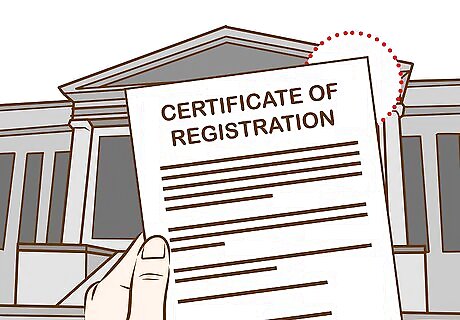
Expect a certificate in the mail confirming that your work has successfully been copyrighted. You must certify that you are the author, copyright claimant, or owner of exclusive rights and that the information you provided is accurate before you are able to receive a certificate. There is a fee of up to $2500 for entering false information in any application.










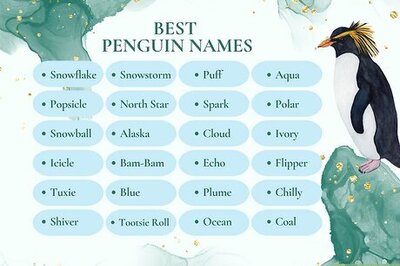

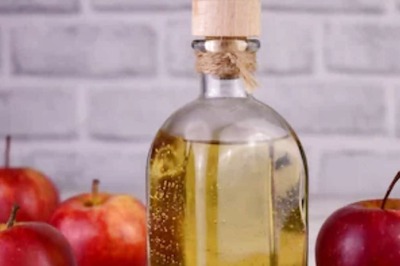




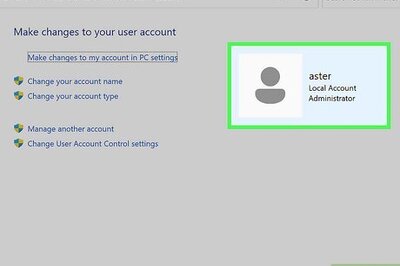
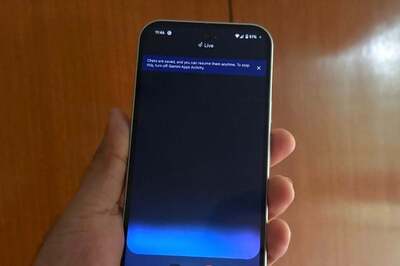
Comments
0 comment